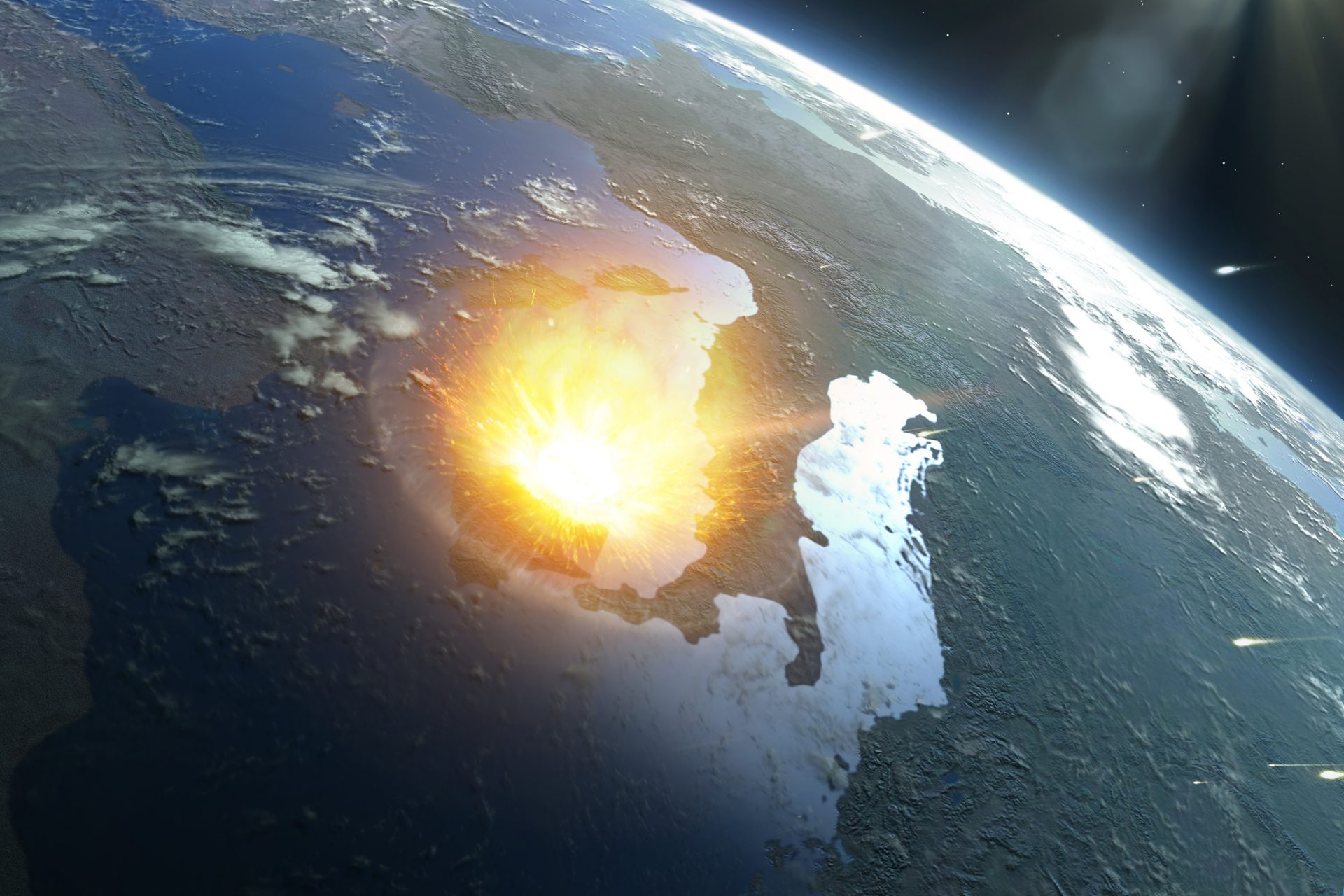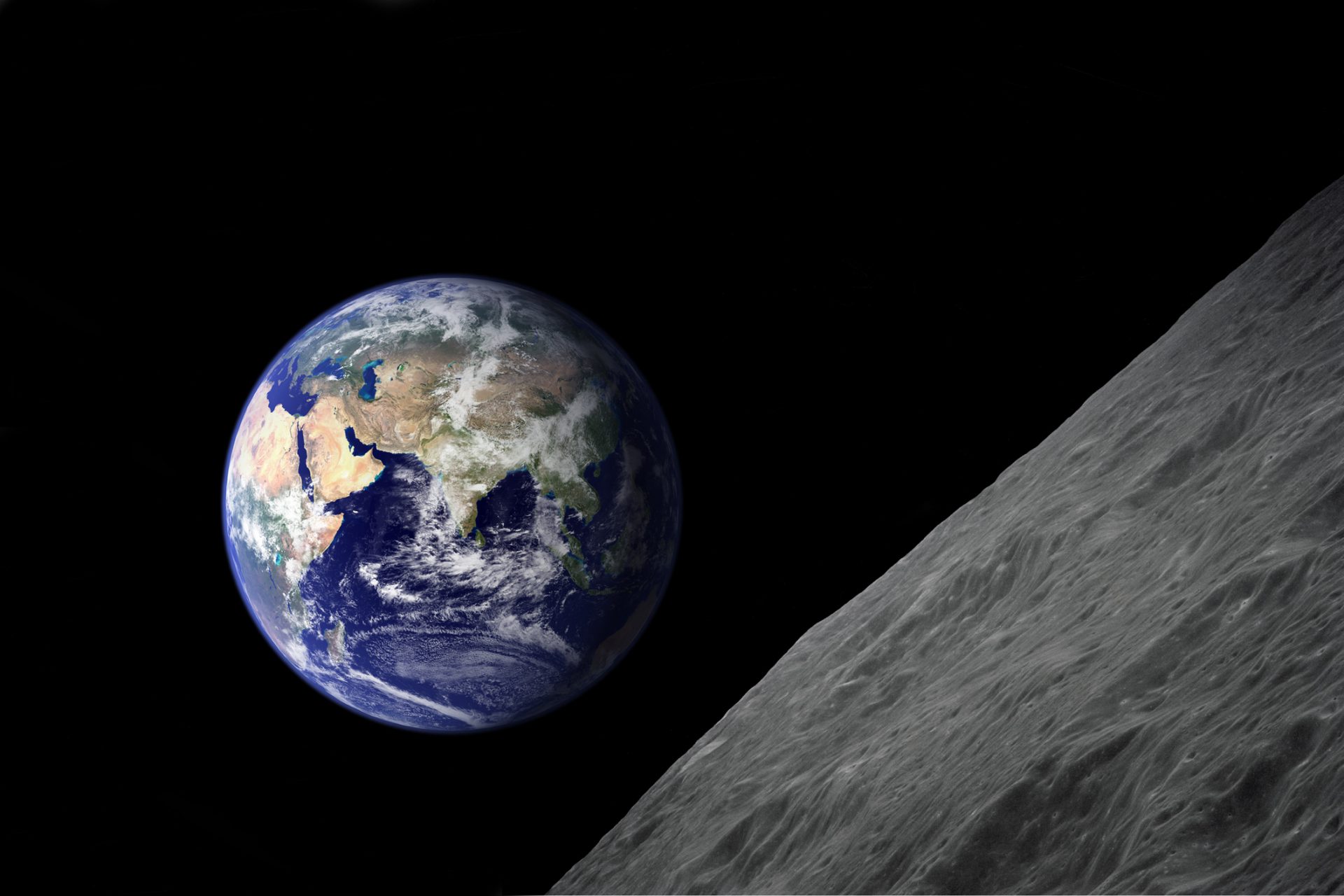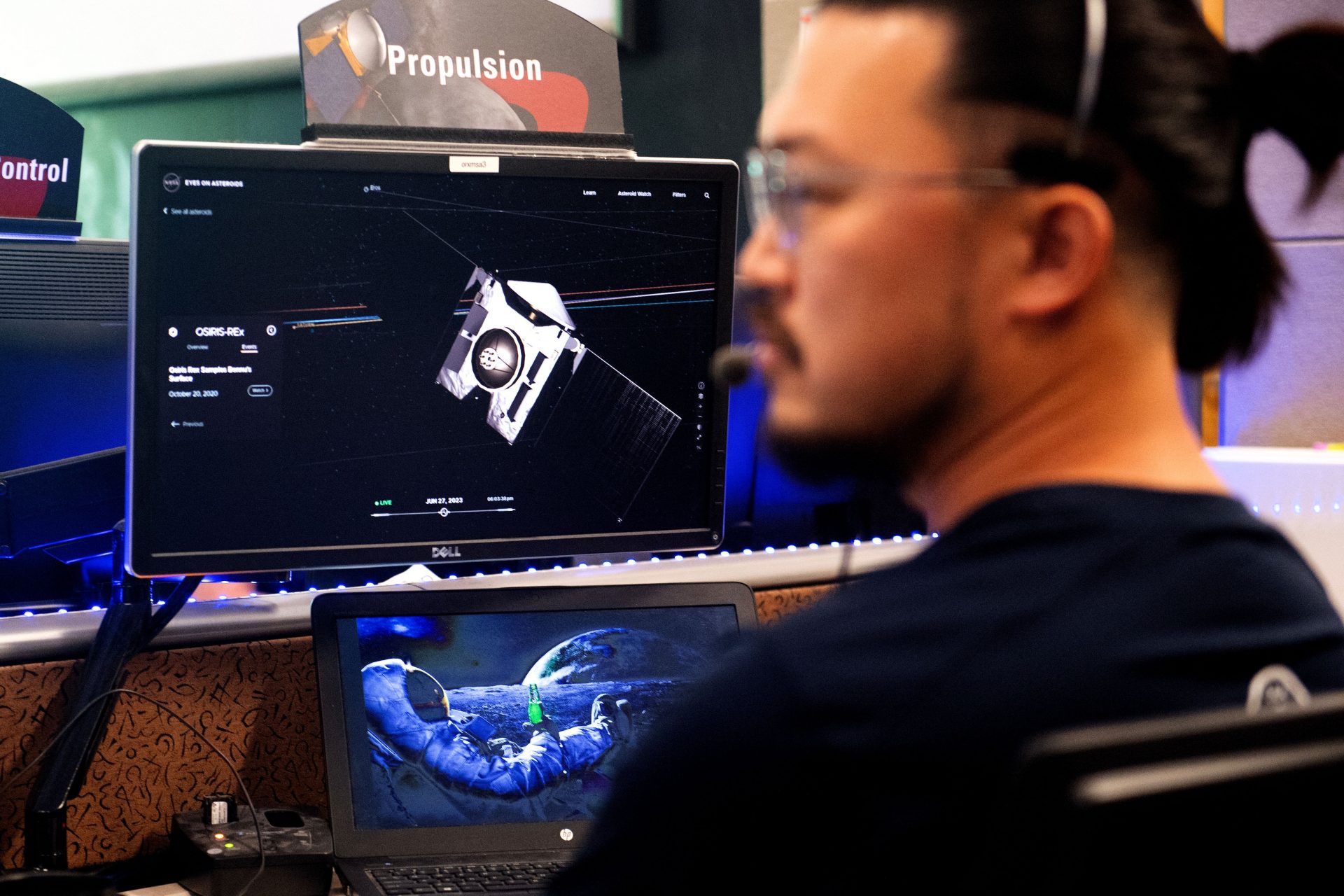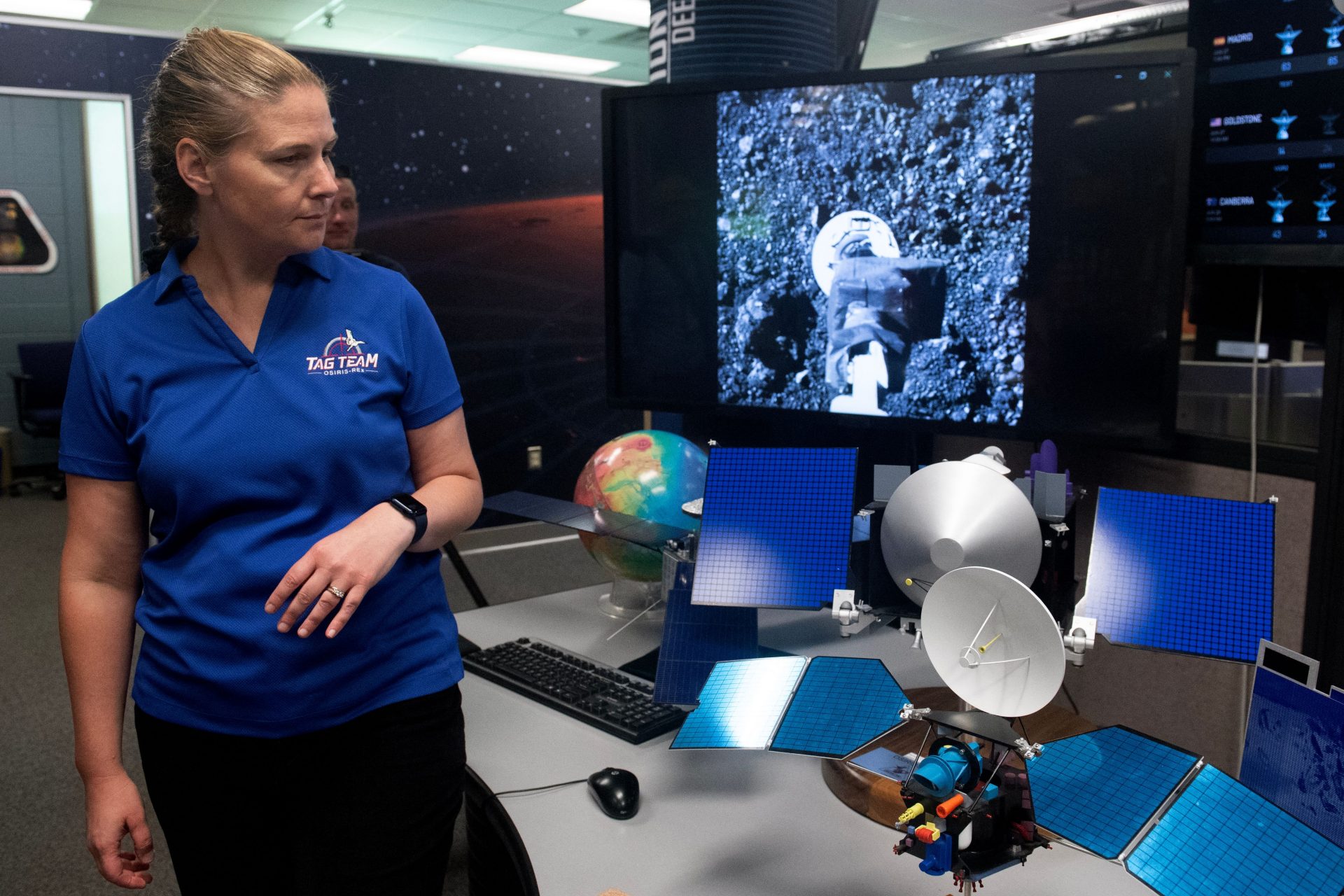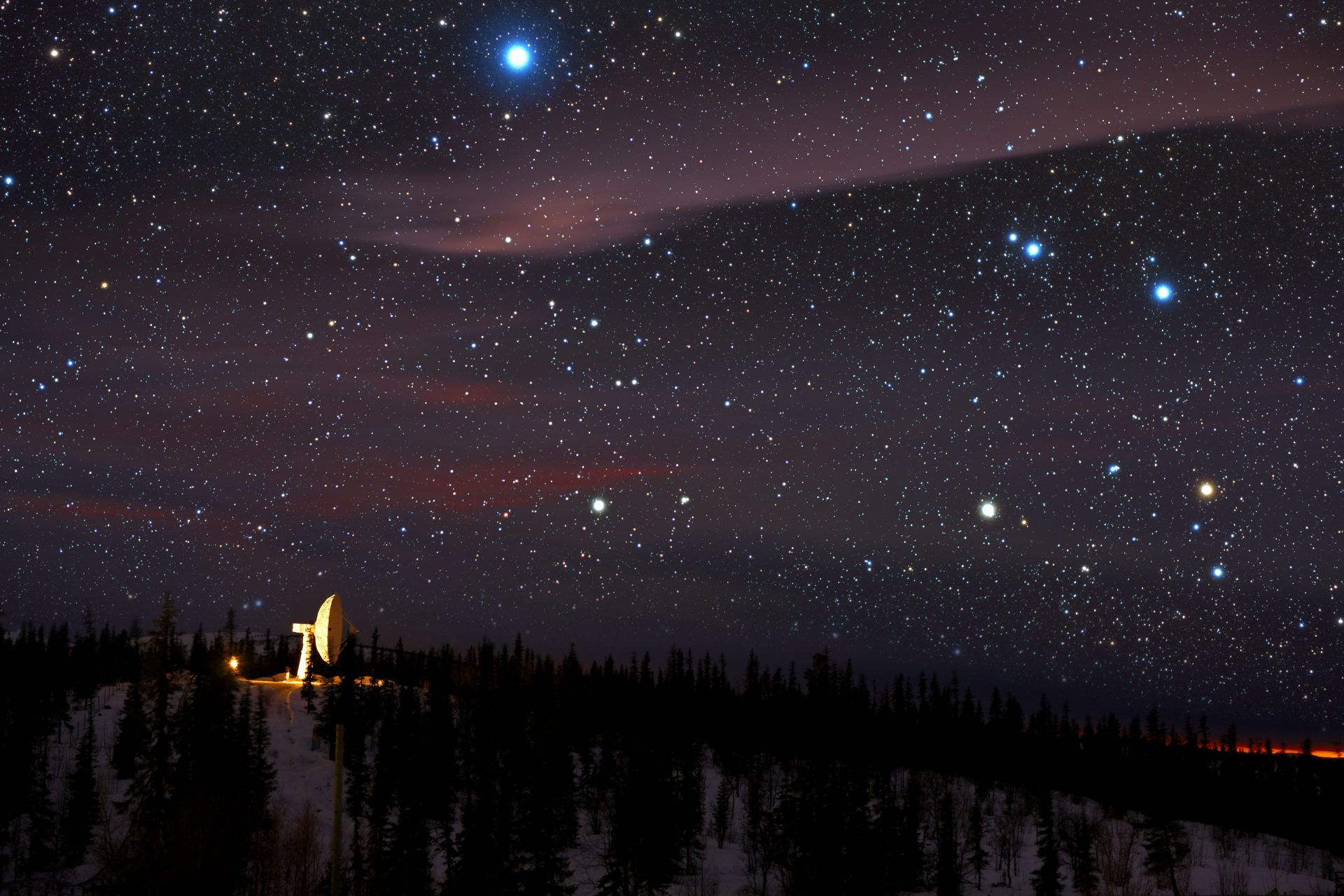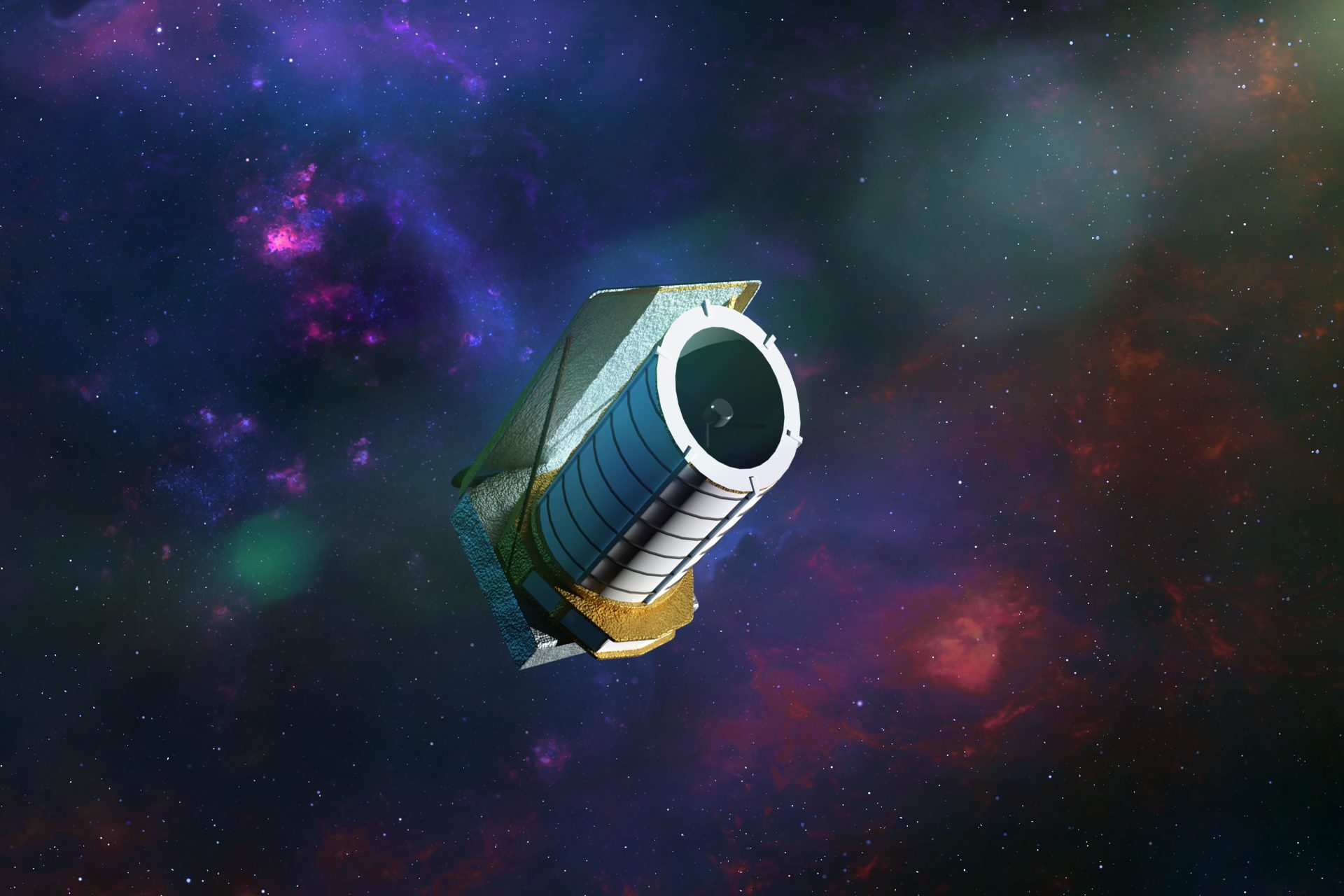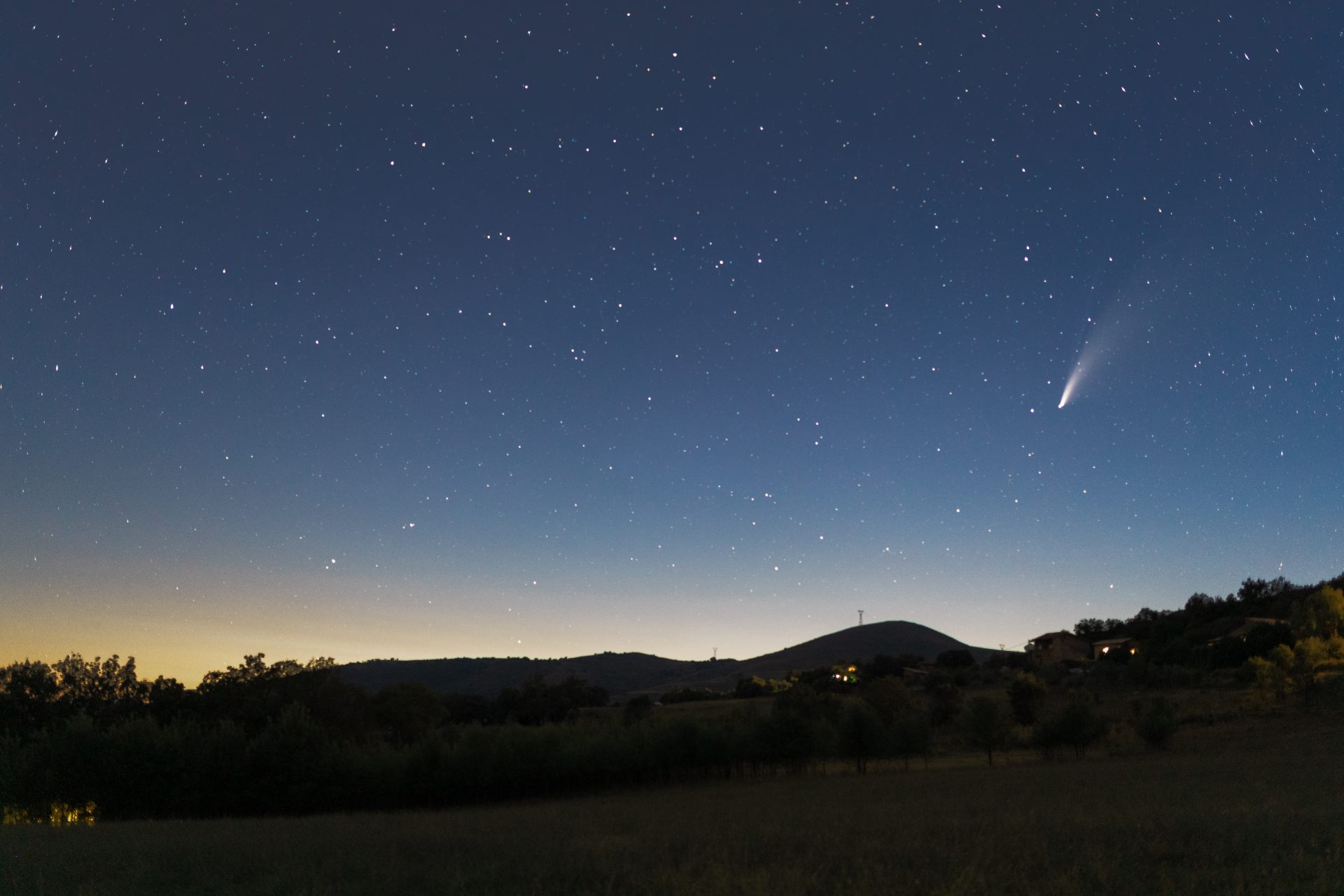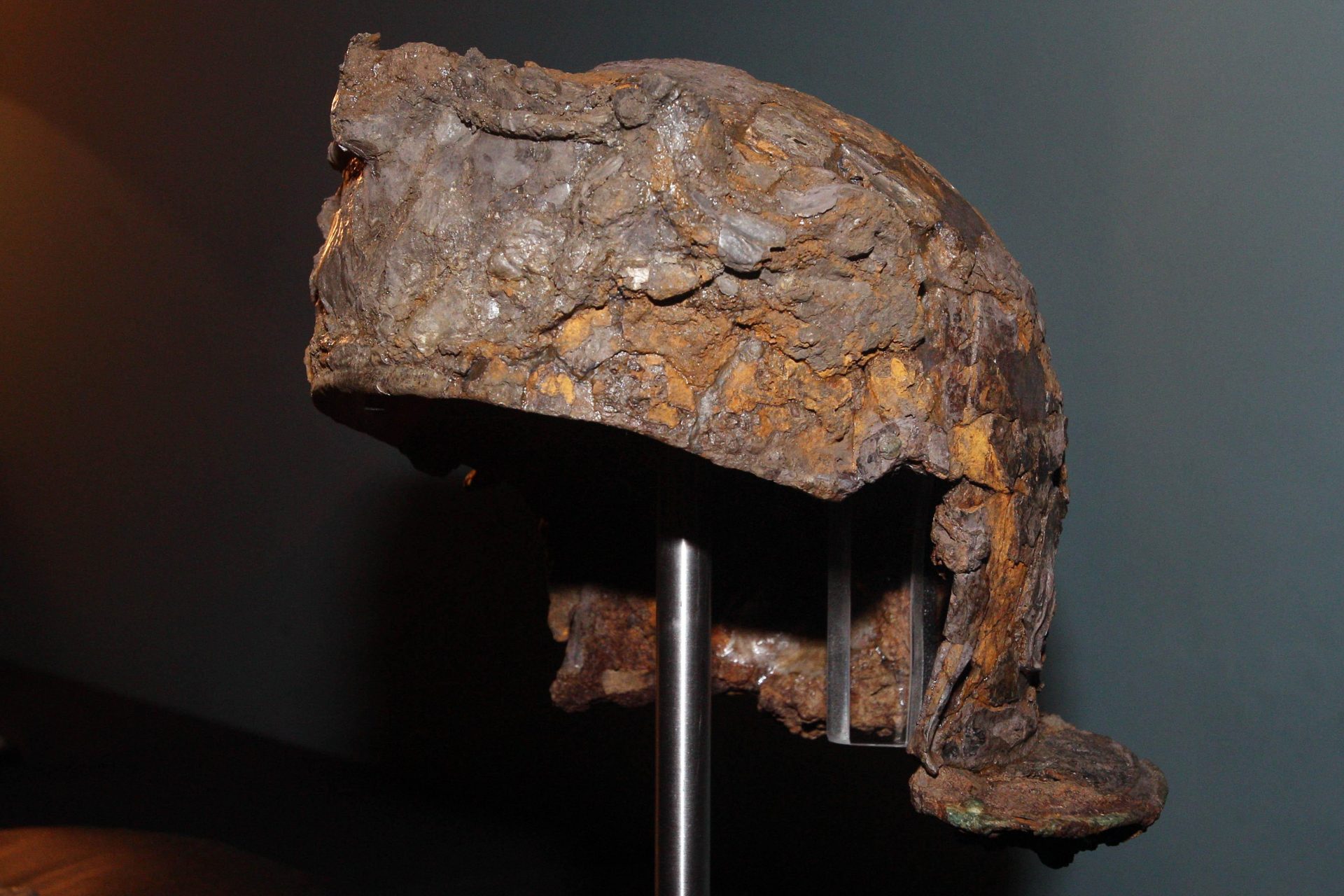An asteroid flew dangerously close to the Earth and we didn't even know it
If the Earth was in the path of a giant asteroid that could end all life on the planet, would you want to know about it? How would you react if a killer asteroid came within range of hitting the planet and we didn't even know about it until days after it missed us? Because it happened in 2023.
An asteroid measuring roughly 200 feet in size was spotted by the Atlas Observatory in South Africa on July 15th according to a report from The Independent. However, by the time the asteroid was seen, it had already made its dangerously close journey past us.
Labeled 2023 NT1, the asteroid flew past the Earth at a distance of 60,000 away, and while that may seem like it was far away, it was extremely close when you take into account the vast void of space and how far away the moon is from our planet.
Earth’s Moon usually hovers around a comfortable 238,855 miles away from the planet according to official estimates from NASA. So that means the giant asteroid that passed by us did so at a distance of just one-quarter of the distance between the Earth and the Moon.
The Independent noted that it was still a long way away from being able to do any real damage to the planet but it isn’t the amount of danger 2023 NT1 could have dealt that has astronomers worried; it's the fact we didn’t see the fly by coming until it was gone.
NASA devotes a lot of time and energy to tracking large near-earth objects in space and has done so since it was tasked by the United States Congress in 2005 to track at least 90% of objects close to the Earth that were 460 feet in size before the end of 2020.
As recently as June 30th, NASA identified and was tracking 32,266 near-Earth objects that were within 30 million miles of our world but all of these efforts still weren’t enough to spot 2023 NT1. The reason why we couldn’t see this asteroid is only a little worrying.
Astronomers couldn’t see 2023 NT1 because it approached the Earth from a direction that allowed its path toward us to be obscured by the light from the Sun, which is why the asteroid wasn’t spotted until days after it had passed and why we should be worried.
“It came from the same direction as the most destructive meteoroid to impact Earth in a century,” wrote Forbes’ Eric Mack, adding “just like that asteroid that blew out windows in Chelyabinsk, Russia in 2013, no one saw this one coming.”
“What’s different is that this one fortunately zoomed right by our planet, but it’s yet another reminder of humanity’s big blind spot,” Mack added.
The asteroid that passed the Earth wasn’t really that big on a cosmic scale but when its size was combined with its approach it became very difficult for astronomers to see. Yet this weird approach angle isn’t the biggest thing we Earthlings should be worried about.
There could be as many as a million other asteroids that are in the same range of size as 2023 NT1 according to the European Space Agency, a figure that was quoted by The Independent, and 98.9% of those asteroids haven’t even been discovered yet.
Luckily the European Space Agency has been working on a plan to cover the gap some asteroids have been using to sneak through our defenses and we'll eventually see an observatory launched into space that will sit between the Earth and the Sun to catch hidden asteroids.
The NEOMIR mission as it is being called will be launched sometime around 2030 based on information from the European Space Agency’s webpage on the project but it is only in the early mission study phase at the moment.
When the project is operational it will “focus on imminent impactors of any size” and will give authorities on Earth roughly three weeks advance notice on any future impacts working their way towards our planet.
"In the worst-case scenario, in which the asteroid is spotted passing near the spacecraft, we would get a minimum of three days’ warning,” the European Space Agency website on the project noted.
More for you
Top Stories



